Dairy Cattle + Products
1/112
There's no tags or description
Looks like no tags are added yet.
Name | Mastery | Learn | Test | Matching | Spaced |
|---|
No study sessions yet.
113 Terms
What is the phylum of cattle?
Chordata
What is the subphylum of cattle?
Veretbrata
What is the class of cattle?
Mammalia
What is the order of cattle?
Artiodactyla
What is the suborder of cattle?
Ruminata
What is the family of cattle?
Bovidae
What is the species of cattle?
Taurus, indicus
How many dairy breeds are used in the U.S?
Six
What is the most popular breed in the U.S
Holstein (95%)
What is the second most popular breed?
Jersey (4%)
Origin: Scotland
Ayrshire
Description: White with red spots with red mostly on head
Ayrshire
Description: Large breed known for being almost free from hoof and leg problems
Ayrshire
Important facts: Great commercial dairy breed able to adapt to different management systems (group handling, free stalls or milking parlors)
Ayrshire
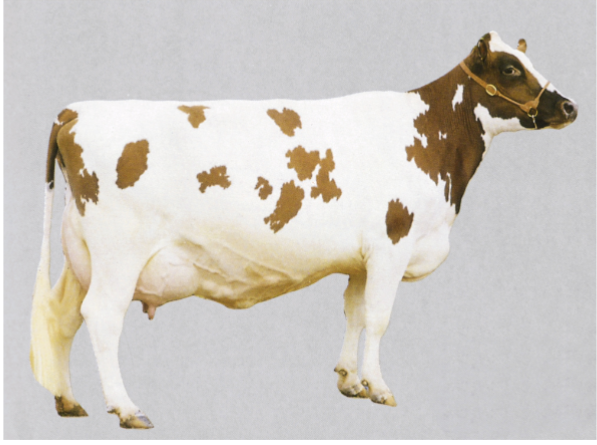
Ayrshire
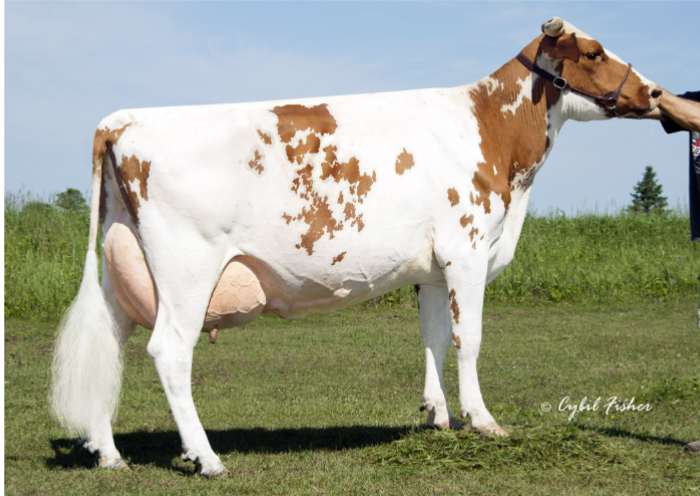
Ayrshire
Origin: Alps of Switzerland
Brown Swiss
Description: Medium sized breed, brown in color, varies from very light to very dark. Nose and tongue are black
Brown Swiss
Important facts: Efficient milkers that are calm, unexcitable and adaptable
Brown Swiss
Important facts: Produce high protein milk with well attached, capacious udders
Brown Swiss
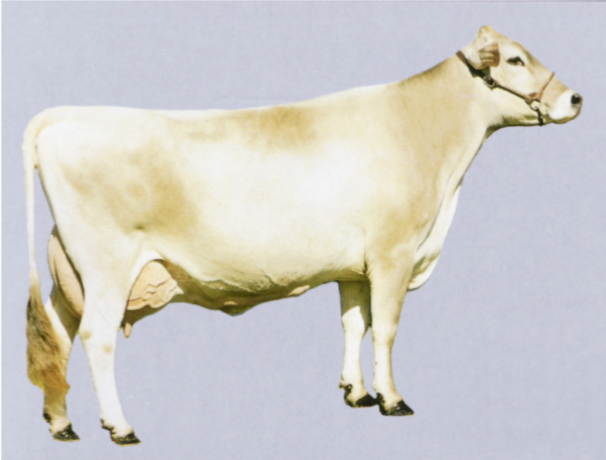
Brown Swiss
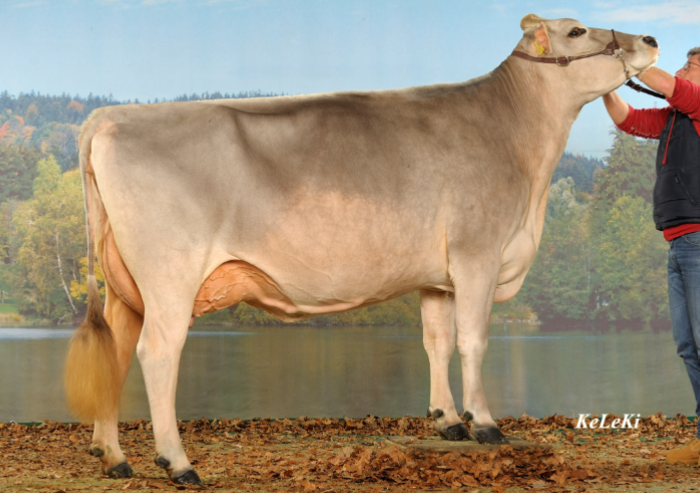
Brown Swiss
Origin: Island of Guernsey
Guernsey
Description: Light brown or tan with white patches
Guernsey
Description: Medium to large breed that matures early
Guernsey
Important facts: Excellent grazing, gentle disposition and are known for producing high quantities of milk with less feed (Milk is high in fat)
Guernsey
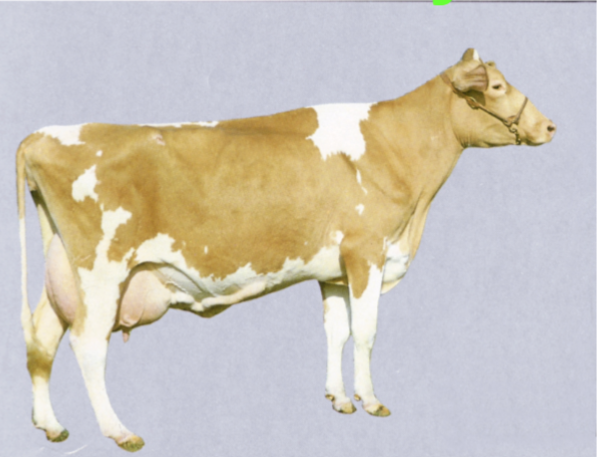
Guernsey

Guernsey
Origin: Netherlands and Northern Germany
Holstein
Description: Can either be black and white or red and white
Holstein
Large breed that can adapt to a variety of environmental conditions
Holstein
Important factor: Outstanding milk producers, they dominate the world’s milk production industry
Holstein
Important facts: Average productive life 3-4 years and also known for genetic merit
Holstein
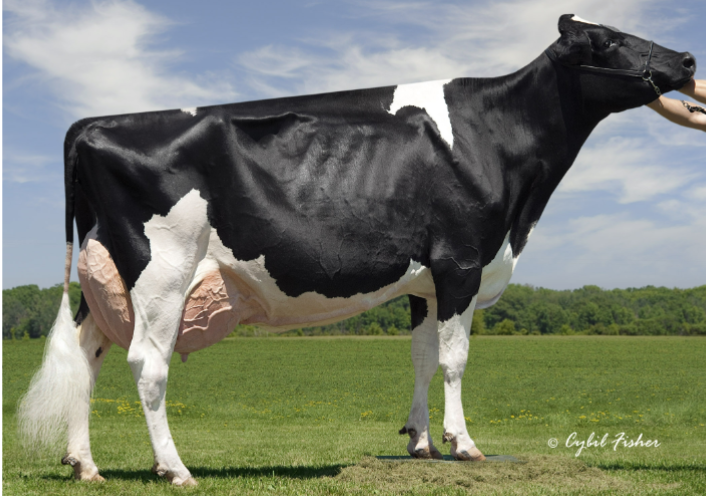
Holstein
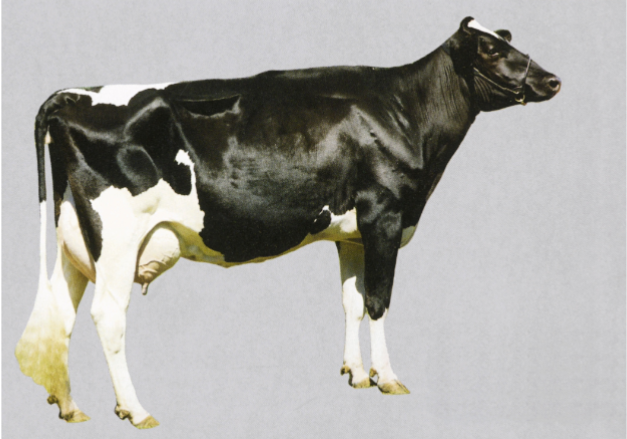
Holstein
Origin: Island of Jersey
Jersey
Description: Always light tan with black nose and eyes
Jersey
Description: Most heat tolerant breed
Jersey
Important facts: Efficient converters of grain to milk
Jersey
Important facts: Longest production life of all dairy breeds
Jersey
Important facts: Milk contains more protein and calcium than average milk
Jersey
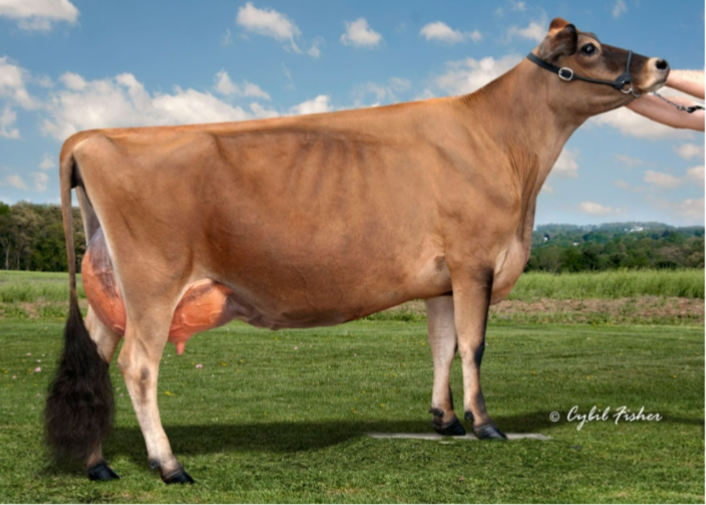
Jersey
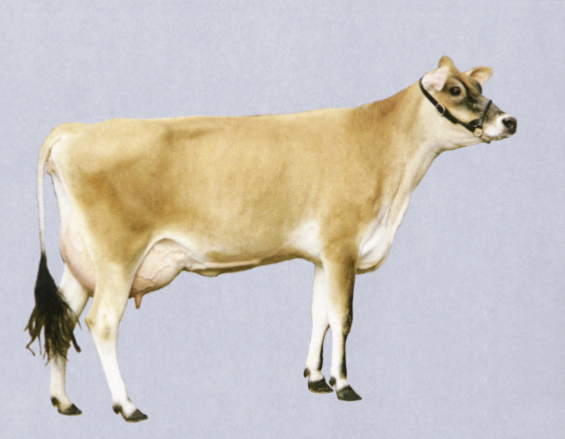
Jersey
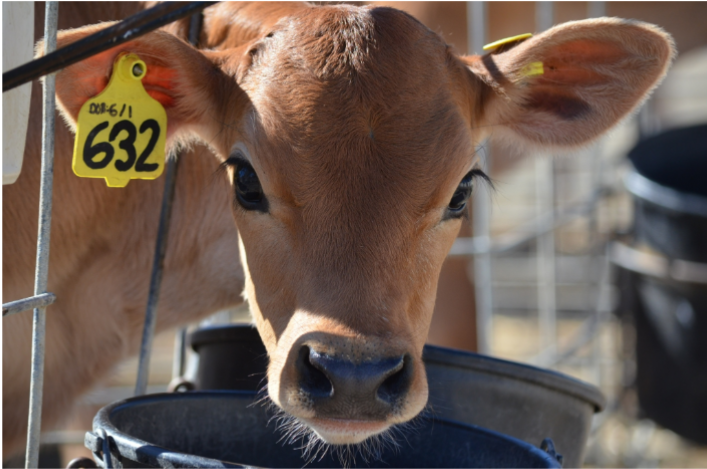
Jersey
Origin: England from Shorthorn Beef breed
Milking Shorthorn
Description: Dark brown/red color with white spots anywhere on the body
Milking Shorthorn
Medium sized breed with steady milking life
Milking Shorthorn
Important facts: Docile cows that produce large volumes of nutritious milk
Milking Shorthorn
This breed has a high salvage value after milk production life is over and known for growing rapidly
Milking Shorthorn
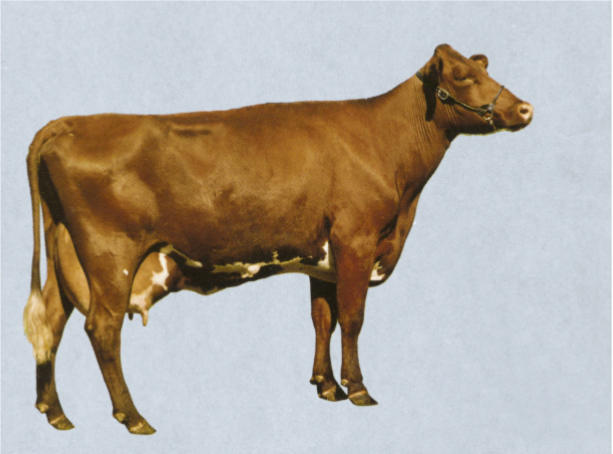
Milking Shorthorn
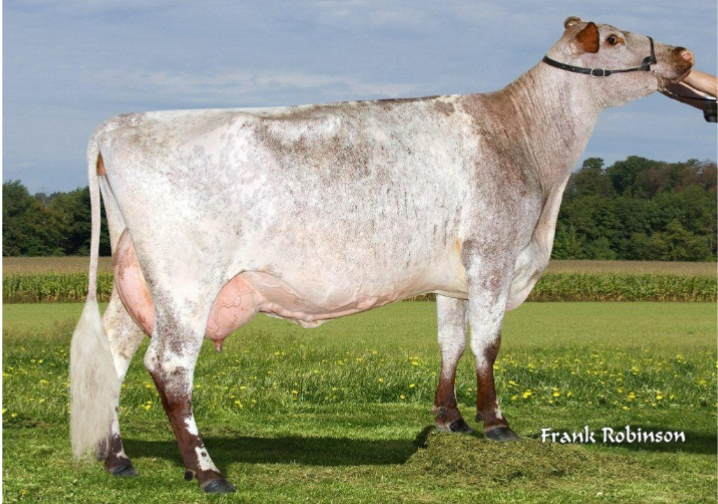
Milking Shorthorn
What is the annual cash receipts from dairy products?
38 billion
Dairy products provide nearly ___ of all yearly cash receipts from agriculture
10%
Dairy products amount for approximately ____ of animal agriculture’s annual farm cash receipts
22%
The United States produces approximately ____ of the world’s cow milk
14%
How much beef do dairy cattle produce?
18-22%
Conversion of feed to food is the most efficient of all the domestic animals
Dairy cow
What is the trend in the dairy industry?
Fewer operations and more cows per operation
DHIA
Dairy Herd Improvement Association
Collects and processes information on dairy cows and provides producers with directions on dairy cattle things
Dairy Herd Improvement Association (DHIA)
What directions do the DHIA give?
Profitability of individual cows, nutrition, reproduction, control mastitis
What contribution has genetic progress done on milk, fat, and protein in milk?
60%
What contribution has better management had on cattle milk production?
40%
DPR
Daughter pregnancy rate
The percentage of time that a cow would be expected to get pregnant during a three week reproductive cycle during the breeding period of a lactation
Daughter pregnancy rate
How much crossbreeding is there in dairy cattle?
Little
What is the most popular crossbreed?
Jersey Holstein
Why is there an increase in crossbreeding?
Decreased fertility in purebreds, shift from volume of milk to weight of fat and proteins, and producers wanting a trouble free/healthier cow
Realistically when should a cow first have a calf in the dairy industry?
13 months
What is the gestation period of cows?
280-283 days
When should a heifer be mated?
15 months (65% of their adult weight)
How many calories is in 1 cup of 2% milk?
125 calories
Fat Soluble vitamins
A, D, E, K
Prevents rickets, osteoporosis, osteomalacia
Vitamin D
Helps eyesight (prevents night blindness)
Vitamin A
Mineral that helps bones stay strong, prevents osteoporosis
Calcium
Skin, hair, and eyes; metabolism of nutrients
Riboflavin (Vitamin B2)
Body growth, maintenance and repair
Complete Proteins
Comes from animals, needed for insulation, to transport fat-soluble vitamins (A, D, E, K)
Saturated fat
Sugar in the form of lactose
Simple Carbohydrates
Milk straight from the cow
Raw milk
What are the three ways to process milk?
Pasteurization, Homogenized, Fortification
Heat treated to kill pathogens and extend shelf life
Pasteurization
To prevent separation of fat from liquid portion; consistency is smooth
Homogenized
To increase its nutritional value or to replace nutrients lost during processing
Fortification
Effects of Homogenization on Milk Fat (4)
Increase surface area, loss of milk fat globule membrane, adsorption of milk proteins, stabilized conformation proteins
Homogenized and non-homogenized
Whole milk
Reduced fat content
1% or 2% low fat milk
No fat milk
Skim milk
Does not require refrigeration
Ultra high temperature
Lactase enzyme added
Lactose free milk
Nutrients are the same as non-organic milk; only organic fertilizers and organic pesticides are used for cow feed; no supplemental rBST
Organic milk
What are the seven types of milk?
Raw milk, whole milk, 1% or 2% milk, skim milk, ultra high temperature milk, lactose free milk, organic milk
A more concentrated form of milk
Cream
Used to determine fat content of milk
Babcock cream test
Once a cow is milked, the solids float to top (milkfat) and they are skimmed off
Cream
What are the 3 types of cream?
Heavy, light, half and half
What are the 3 types of frozen milk products?
Ice cream, sherbert, frozen yogurt
Made from milk, cream, sugar, and flavoring
Ice cream
Made from milk, sugar, and fruit juice
Sherbert